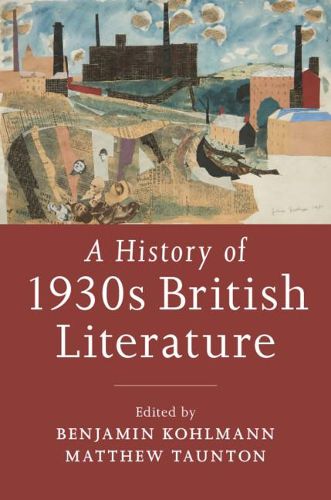Readings Newsletter
Become a Readings Member to make your shopping experience even easier.
Sign in or sign up for free!
You’re not far away from qualifying for FREE standard shipping within Australia
You’ve qualified for FREE standard shipping within Australia
The cart is loading…






This History offers a new and comprehensive picture of 1930s British literature. The ‘30s have often been cast as a literary-historical anomaly, either as a 'low, dishonest decade’, a doomed experiment in combining art and politics, or as a ‘late modernist’ afterthought to the intense period of artistic experimentation in the 1920s. By contrast, the contributors to this volume explore the contours of a ‘long 1930s’ by repositioning the decade and its characteristic concerns at the heart of twentieth-century literary history. This book expands the range of writers covered, moving beyond a narrow focus on towering canonical figures to draw in a more diverse cast of characters, in terms of race, gender, class, and forms of artistic expression. The book’s four sections emphasize the decade’s characteristic geographical and sexual identities; the new media landscapes and institutional settings its writers operated in; questions of commitment and autonomy; and British writing’s international entanglements.
$9.00 standard shipping within Australia
FREE standard shipping within Australia for orders over $100.00
Express & International shipping calculated at checkout
This History offers a new and comprehensive picture of 1930s British literature. The ‘30s have often been cast as a literary-historical anomaly, either as a 'low, dishonest decade’, a doomed experiment in combining art and politics, or as a ‘late modernist’ afterthought to the intense period of artistic experimentation in the 1920s. By contrast, the contributors to this volume explore the contours of a ‘long 1930s’ by repositioning the decade and its characteristic concerns at the heart of twentieth-century literary history. This book expands the range of writers covered, moving beyond a narrow focus on towering canonical figures to draw in a more diverse cast of characters, in terms of race, gender, class, and forms of artistic expression. The book’s four sections emphasize the decade’s characteristic geographical and sexual identities; the new media landscapes and institutional settings its writers operated in; questions of commitment and autonomy; and British writing’s international entanglements.